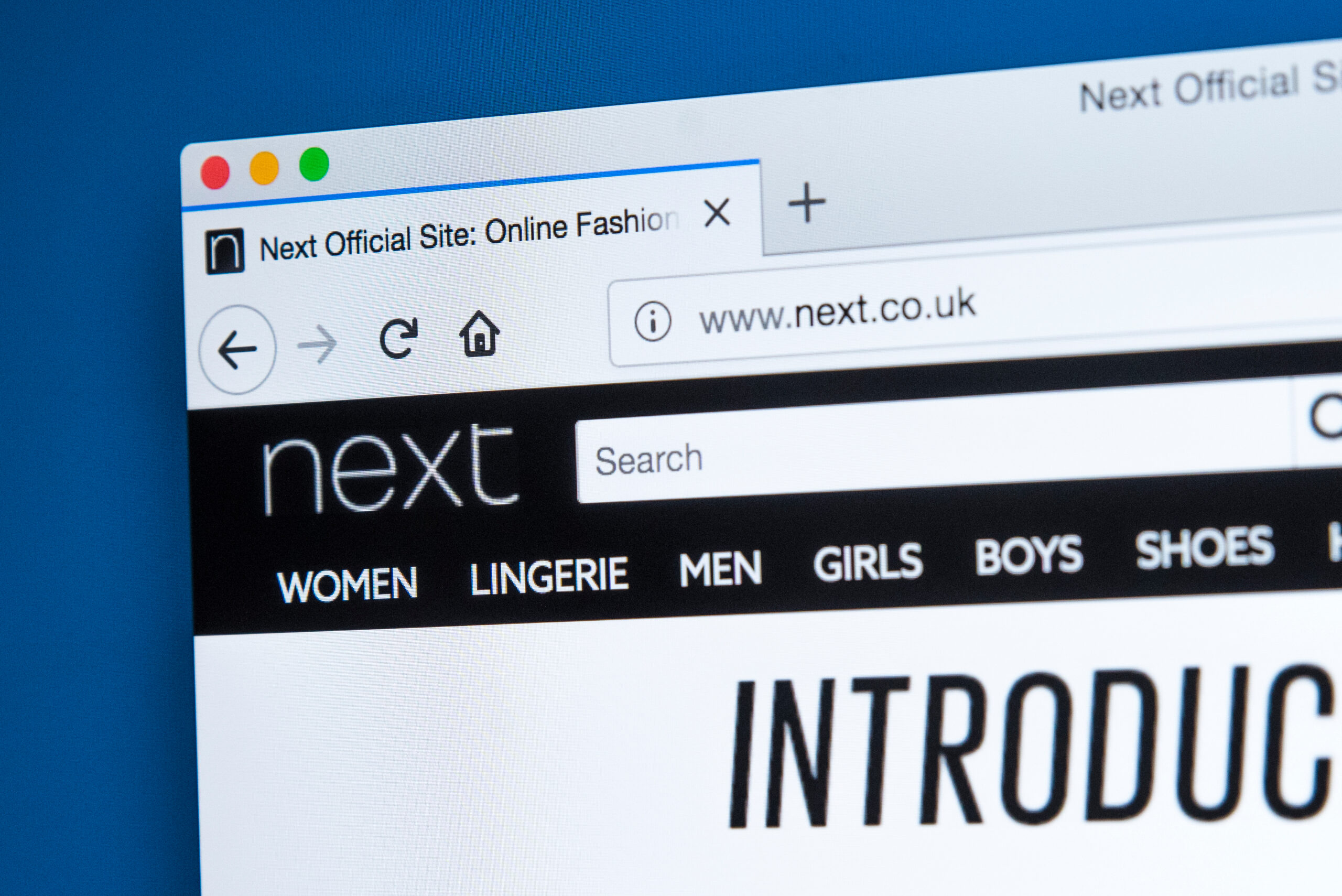The rise of NFC based mobile payments will not only shake up the whole billing and m-payments world, as well as changing eons of banking traditions, but it will also reshape how consumers decide what products to buy, where they buy them from and how they will pay for them, according to ‘NFC Business Models’, a new research report published this week by SJB Research.
With many companies – both groupings of ‘traditional’ banks, network operators and device makers, as well as many new start-ups – all vying for a slice of the mobile payment business, NFC is still seen as the front runner as it offers security for consumers and more control for the established players. Apple’s plans to build NFC chips into iPhone5 may still be a rumour, but its not a wild rumour. And many other handset makers are looking to do the same.
The new NFC phones contain a high security chip known as a secure element which acts like an electronic version of your wallet and can be used to replace everything from credit cards and loyalty cards to bus and train tickets, library cards, door keys, coupons and even cash.
The tiny secure element chips can be built into mobile phones and other devices by the manufacturer, they can be integrated into SIM cards issued by mobile networks to their subscribers and they can be added to existing phones via special microSD cards or stickers issued by banks and other organisations.
“Whoever provides a consumer with a secure element can then generate new revenues by leasing space on the chip to other businesses that also want to offer next-generation mobile services to their customers,” says Sarah Clark, author of ‘NFC Business Models’. “Mobile network operators, banks, handset manufacturers and technology providers around the world are all planning to create major new revenue streams by providing consumers with these mobile wallets,” she explains. “But understanding of the business models that are most likely to succeed is still in its early days and there will be winners as well as losers in the NFC revolution.”
According to Clark there are five fundamental building blocks required to make an NFC service a success. These are: the core infrastructure that will form the backbone upon which NFC services are delivered; the business models available to the mobile network operators, banks and handset manufacturers who will provide consumers with their mobile wallets; the issues involved and strategies for success in the NFC payments market; gaining buy-in from consumers and from service providers; the launch strategies that are most likely to succeed.
“Many companies are looking to profit from NFC,” says Clark. “Global organisations like Apple, Google, Visa, PayPal and Facebook are all working on the technology, along with retailers, travel firms, public transport operators, financial institutions, brands, car manufacturers, security firms, central and local government, marketers and advertisers — even your local supermarket.
“The stakes are high and success will rely on meeting the needs of three key groups — consumers, merchants and the widest possible range of service providers,” Clark explains. “The companies that succeed will be those that take the time to gain an understanding of the needs of each of the parties involved and then design an infrastructure that provides a win:win:win solution for all.”






